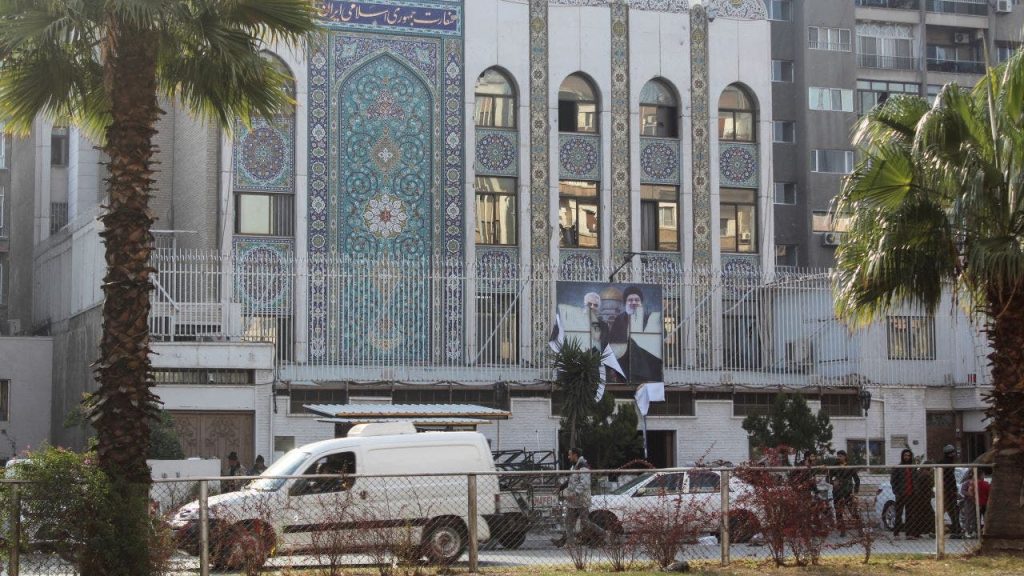The unexpected fall of Bashar al-Assad’s regime in Syria, after nearly 14 years of brutal civil war, has sent shockwaves through the Middle East and the international community. Islamist rebels, spearheaded by Hayat Tahrir al-Sham (HTS), stormed Damascus, forcing Assad and his family to flee the country. While the precise details surrounding Assad’s departure remain unclear, the Russian Foreign Ministry claims he left following negotiations with rebel groups and left instructions for a peaceful transfer of power, although Russia denies direct involvement in these discussions. The sudden collapse of the Assad dynasty, which ruled Syria for over five decades, marks a pivotal moment in the region’s political landscape, ushering in a new era of uncertainty and potential instability.
Adding to the chaotic situation, the Iranian embassy in Damascus was attacked by unknown gunmen after the city fell to the rebels. While Iranian state television reported the incident, they asserted their belief that the attackers were not affiliated with the main rebel group, HTS. Iran had already withdrawn most of its diplomatic staff and their families the day before, leaving only a skeletal crew behind. Footage circulating in Arab and Iranian media depicted the aftermath of the attack, showing ransacked offices and damaged windows within the embassy. The incident underscores the complex web of regional rivalries and the potential for further escalation in the wake of Assad’s downfall.
HTS, the dominant force behind the rebel advance, is led by Abu Mohammed al-Golani, a figure with a $10 million U.S. bounty on his head due to his past ties to al-Qaeda. Despite his history, al-Golani has sought to portray a more moderate image in recent years, distancing HTS from the radical Islamism that characterized its earlier involvement in the Syrian and Iraqi conflicts. However, experts caution against taking this rebranding at face value. Phillip Smyth of the Atlantic Council, an expert on Iranian-backed groups and Syria, warns that HTS ultimately aims to establish a totalitarian Islamist regime similar to the Taliban, albeit with certain modifications.
Al-Golani’s immediate actions after seizing Damascus offer a glimpse into his governing strategy. He has ordered his fighters not to fire celebratory gunshots into the air and has declared that public institutions will remain under the supervision of the Syrian prime minister until a formal handover of power. This seemingly disciplined approach may be a calculated move to project an image of stability and control, potentially aimed at gaining international recognition and legitimacy for the new regime. However, the long-term intentions and the true nature of HTS’s rule remain to be seen.
The swift and unexpected nature of the regime change has caught many off guard, including major regional players like Iran and Russia, as well as the United States. The upheaval presents a significant new challenge for the Middle East, raising concerns about the potential for further conflict and the spread of extremist ideologies. The situation calls for careful consideration and a nuanced approach from the international community to mitigate the risks and promote stability in the region.
The fall of Assad is a watershed moment, marking the end of an era defined by authoritarian rule and violent conflict. The future of Syria is now uncertain, with numerous challenges lying ahead. The international community will need to navigate a complex and evolving landscape as HTS consolidates its power and seeks to establish its authority. The priority should be to ensure a peaceful transition, prevent further violence, and address the humanitarian needs of the Syrian people, who have endured years of suffering and displacement. The coming months and years will be critical in shaping the trajectory of Syria and its impact on the broader Middle East.

